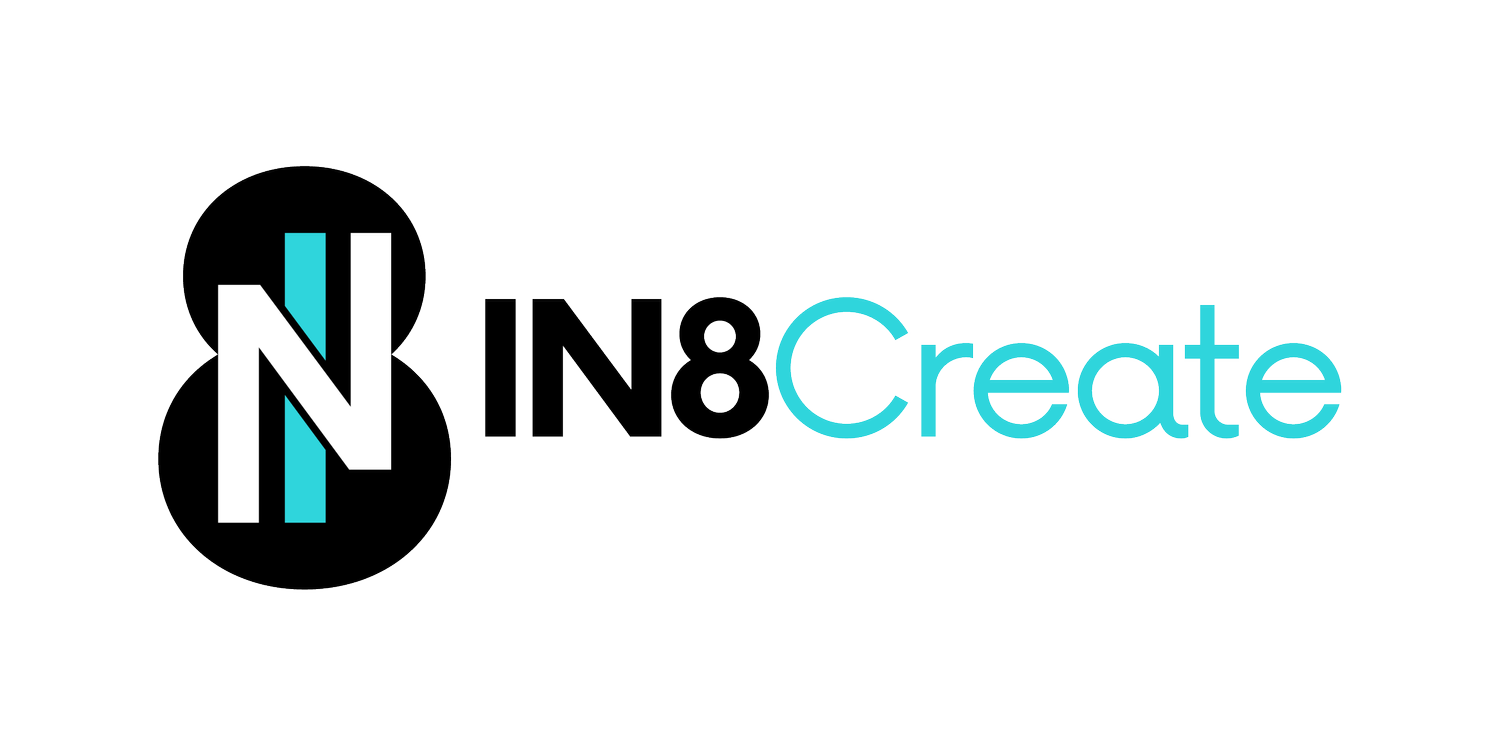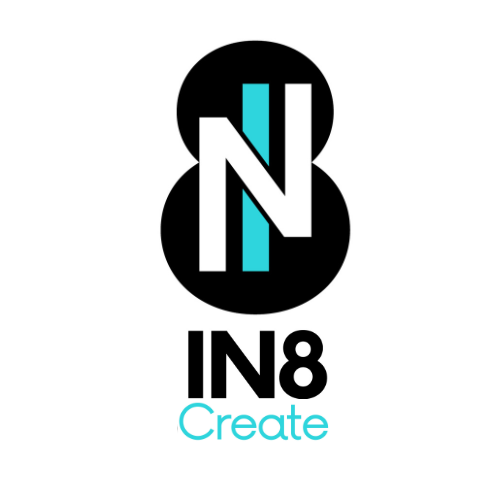The Science of Team Chemistry
Understanding Cultural Equilibrium Through the Lens of Thermodynamics
Thermodynamics: A Model for Cultural Equilibrium in Teams
In exploring mental models recently, I found myself drawn to thermodynamics and its surprising parallels to organizational dynamics. Consider a simple example: when you mix ice with water, the water melts the ice while the ice cools the water until they reach an equilibrium. Leave the glass long enough, and the water will eventually match room temperature. This natural process of finding balance mirrors something fascinating about team culture.
The Chemistry of Culture
Organizational culture operates similarly. Every change—whether adding a new team member, losing someone to attrition, implementing layoffs, or reorganizing teams—creates a form of cultural chaos. Like molecules seeking their new energy state, teams need time to settle into a new equilibrium. This is when we discover our revised roles, establish communication patterns, and understand how decisions flow in the new environment.
In today's business landscape of constant change, this pursuit of equilibrium can be particularly disruptive. It's during stable equilibrium that teams typically perform best—when everyone understands their role, communication flows naturally, and decision-making processes are clear. However, it's worth asking: is stability always optimal?
The Power of Productive Chaos
Sometimes, disrupting an existing equilibrium can be exactly what an organization needs. A comfortable but stagnant culture might benefit from thoughtful disruption. Think of teams and organizations as recipes: the ingredients you combine or remove fundamentally alter the final result. Like a well-crafted stew, the flavors need time to meld together, but the end result might be far superior to the original.
Accelerating the Path to Balance
While finding a new equilibrium naturally takes time, there are ways to expedite the process. The key lies in actively engaging with cultural change rather than passively waiting for it to settle. When new team members join, reorganizations occur, or significant changes are implemented, most organizations adopt a "wait and see" approach. However, the real opportunity lies in proactively shaping what the new equilibrium could look like.
This might mean:
Openly discussing cultural expectations and values
Creating spaces for new and existing team members to connect
Establishing clear frameworks for decision-making during transition periods
Regularly checking in on team dynamics and adjusting as needed
Moving Forward
In your own organization, how do you experience these cycles of chaos and equilibrium? Rather than viewing cultural disruption as something to endure, consider it an opportunity to intentionally craft a stronger, more resilient team culture.
What steps can you take today to guide your team toward a more positive equilibrium?
The next time you are sipping your cold brew, look at the ice and imagine what is currently shifting the dynamics of your team’s culture, and how can this be harnessed for growth.
Need ideas? Contact us today!
#TeamDevelopment #TeamPerformance #TeamBuilding #OrganizationalCulture #Leadership
Understanding the complexity of team communication is half the battle. Solving it is the other half. Let us help your team navigate these complexities with our LEGO-based sessions on communication, collaboration, and connection. Contact us today to learn more and see how we can transform your team's communication dynamics. Let's build a better team together!
We have facilitators in New York City, San Francisco, Austin, Tampa Bay, Las Vegas, Los Angeles, Tampa Bay, San Diego, and more!



